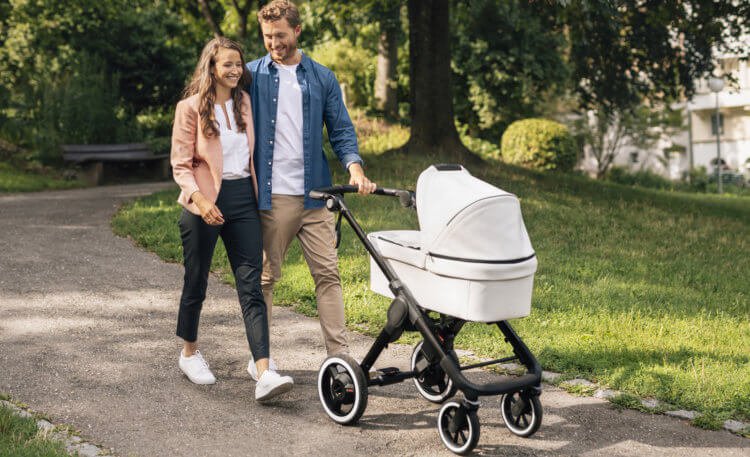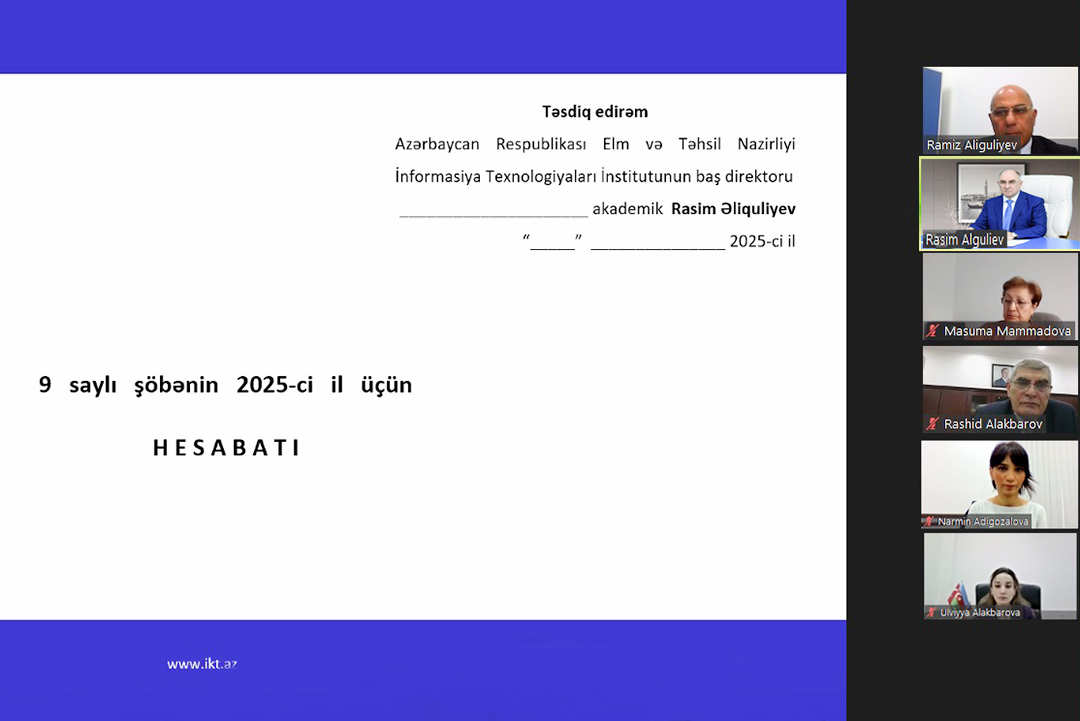NEWS
Bosch introduced the "smart" stroller. What can she do

Today, an increasing number of different devices is rapidly “getting smarter”, providing users with all new functions. And if we are used to “smart” watches, many people already have “smart” speakers, and the term “smart home” has begun to be perceived as something ordinary, then more specific “smart” devices still cause genuine interest. For example, a "smart" stroller from Bosch. How is it remarkable? And how is it different from a regular stroller? Let's get it right.
Strictly speaking, if you look at this stroller, then at first glance you may not notice any special differences in the design. The creation of Bosch was called eStroller and a pair of electric motors is built into it. But if you think that the stroller will move by itself, then this is far from the case. And it is unlikely that there will be a conscious parent who will allow the robot to walk with the infant. At least for now.
But let's not be distracted: electric motors are primarily intended to help with moving the stroller. That is, the one who controls it will have to make less effort when moving. For example, the system will help push the stroller uphill or perform braking. In addition, a number of sensors are integrated into the eStroller to analyze pavement, tilt, and the environment.
These sensors will help, as the creators assure, “prevent the carriage from moving in unexpected directions” in case the parent is suddenly distracted, and will also help redistribute energy to help move. For example, if there is an obstacle, the stroller will brake, and on the road from gravel it will add revolutions to make it easier to push forward. Naturally, if the stroller is discharged, then no one forbids you to push it without any auxiliary systems.






